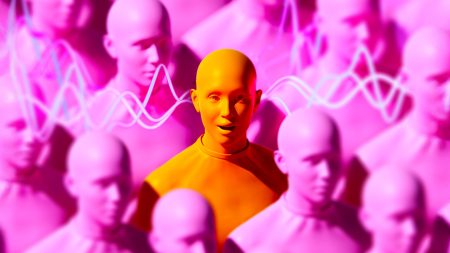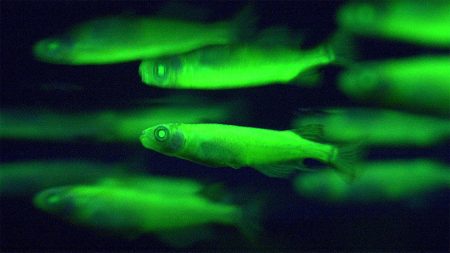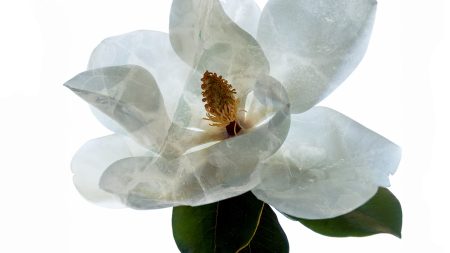Researchers have developed a phone app that has shown promise in increasing the likelihood of users having lucid dreams. This app works by having users listen to a particular sound before they go to bed and associating that sound with a heightened awareness of their thoughts and body. Later in the night, the app plays that sound again to reactivate the self-awareness in the user, potentially inducing lucid dreams mid-sleep. These sensory cues have previously been used in sleep studies to induce lucid dreams, typically during the REM stage, where they are most likely to occur.
Experiments conducted by researchers at Northwestern University have shown that using this app can significantly increase the frequency of lucid dreams experienced by individuals. In one experiment involving 19 participants, the group reported an average of 0.74 lucid dreams in the week prior to using the app. Once they started using the app, this number increased to an average of 2.11 lucid dreams per week. This suggests that the app may be a practical tool for those looking to experience lucid dreams for recreational or research purposes.
To further investigate the effectiveness of the app, a larger experiment was conducted with 112 participants. All participants were exposed to lucidity-triggering sounds the first night. On the second night, only 40 participants heard sounds they had practiced associating with lucidity, while the remaining participants heard different sounds or no sounds at all. The results showed that only those who heard the sounds they had practiced experienced an increase in the frequency of lucid dreams, indicating that the app’s sound cues played a significant role in promoting lucid dreaming.
The findings from these experiments suggest that using an app with sensory cues can effectively enhance the likelihood of experiencing lucid dreams. The ability to induce lucid dreams at home through the use of this app may have broader implications for research on consciousness and the nature of dreaming. While further studies are needed to determine the long-term effects and potential applications of this technology, the initial results are promising and offer new opportunities for individuals interested in exploring lucid dreaming.
The implementation of this DIY approach to promoting lucid dreaming represents a novel way of harnessing technology to explore altered states of consciousness. By utilizing sound cues that have been shown to be effective in inducing lucid dreams, individuals have the opportunity to enhance their dream experiences and gain insights into the workings of the mind during sleep. Additionally, the convenience and accessibility of using an app for this purpose may make it easier for a wider range of people to engage in lucid dreaming practices.
Overall, the use of this phone app to increase the occurrence of lucid dreams presents an exciting development in the field of dream research and consciousness studies. By offering a simple yet effective tool for inducing lucid dreams, researchers are able to explore the possibilities of studying consciousness in a controlled and accessible manner. As technology continues to advance, it is likely that more innovations in this area will emerge, providing new avenues for investigating the mysteries of the mind and the nature of human experience during sleep.















